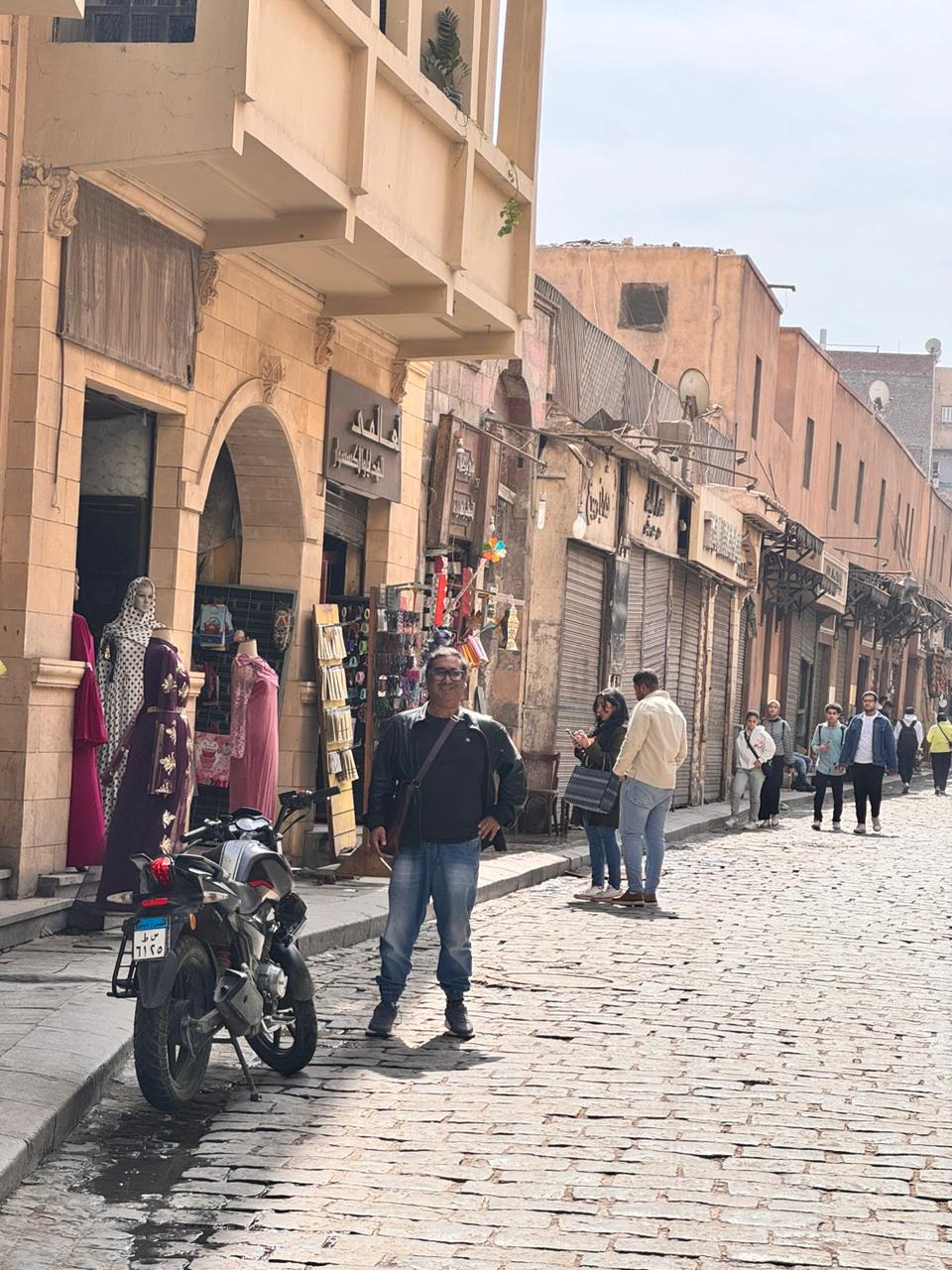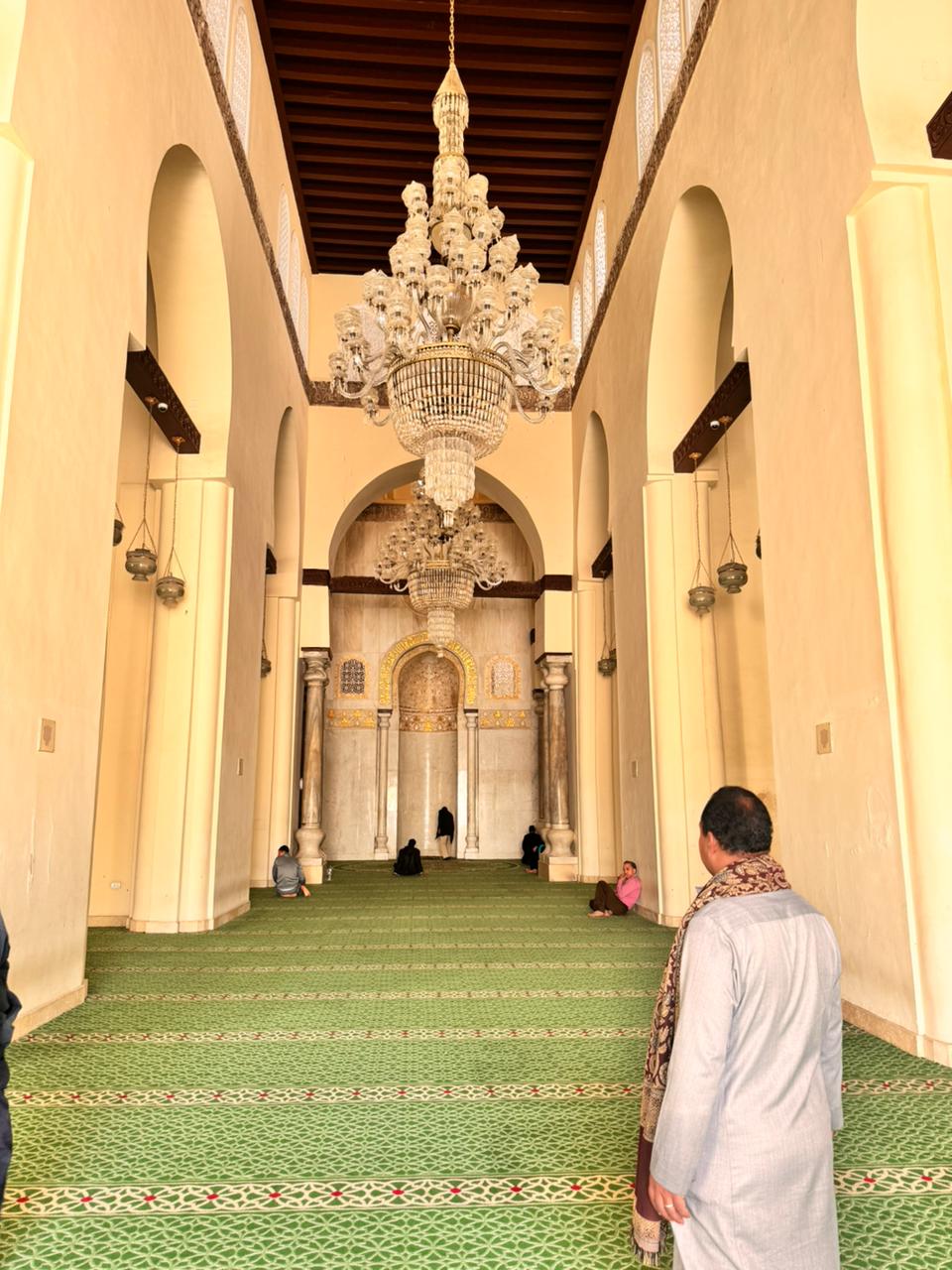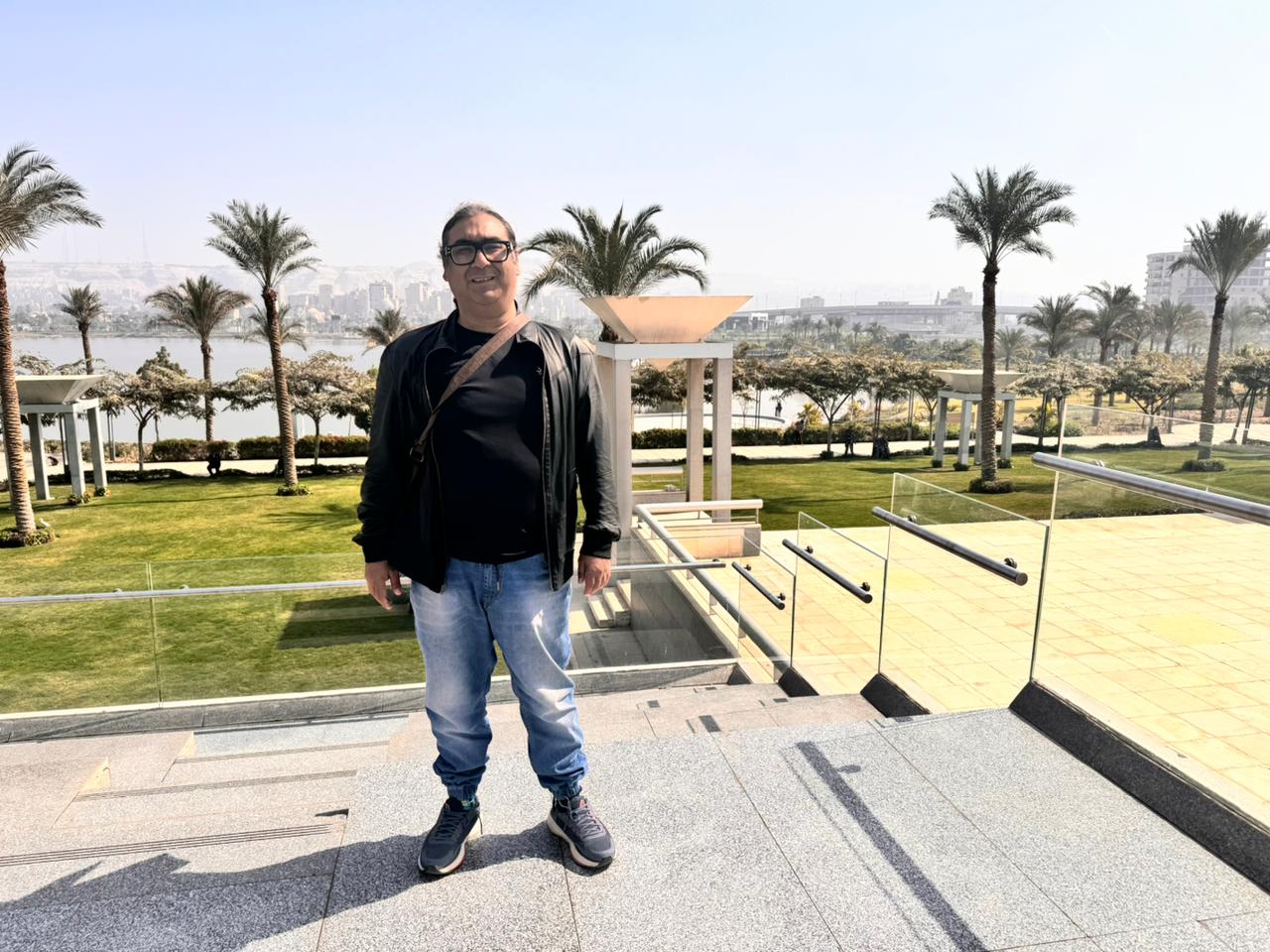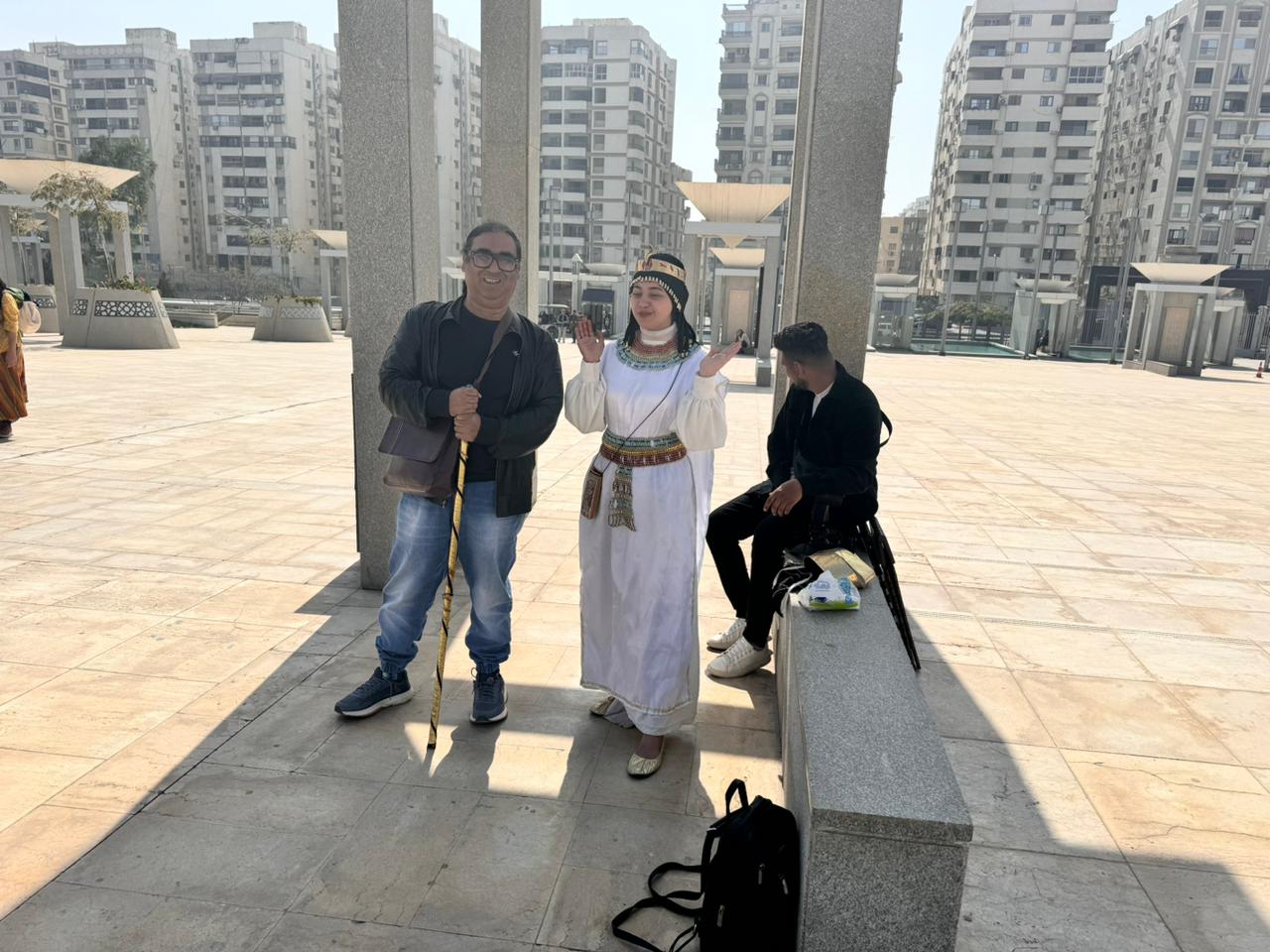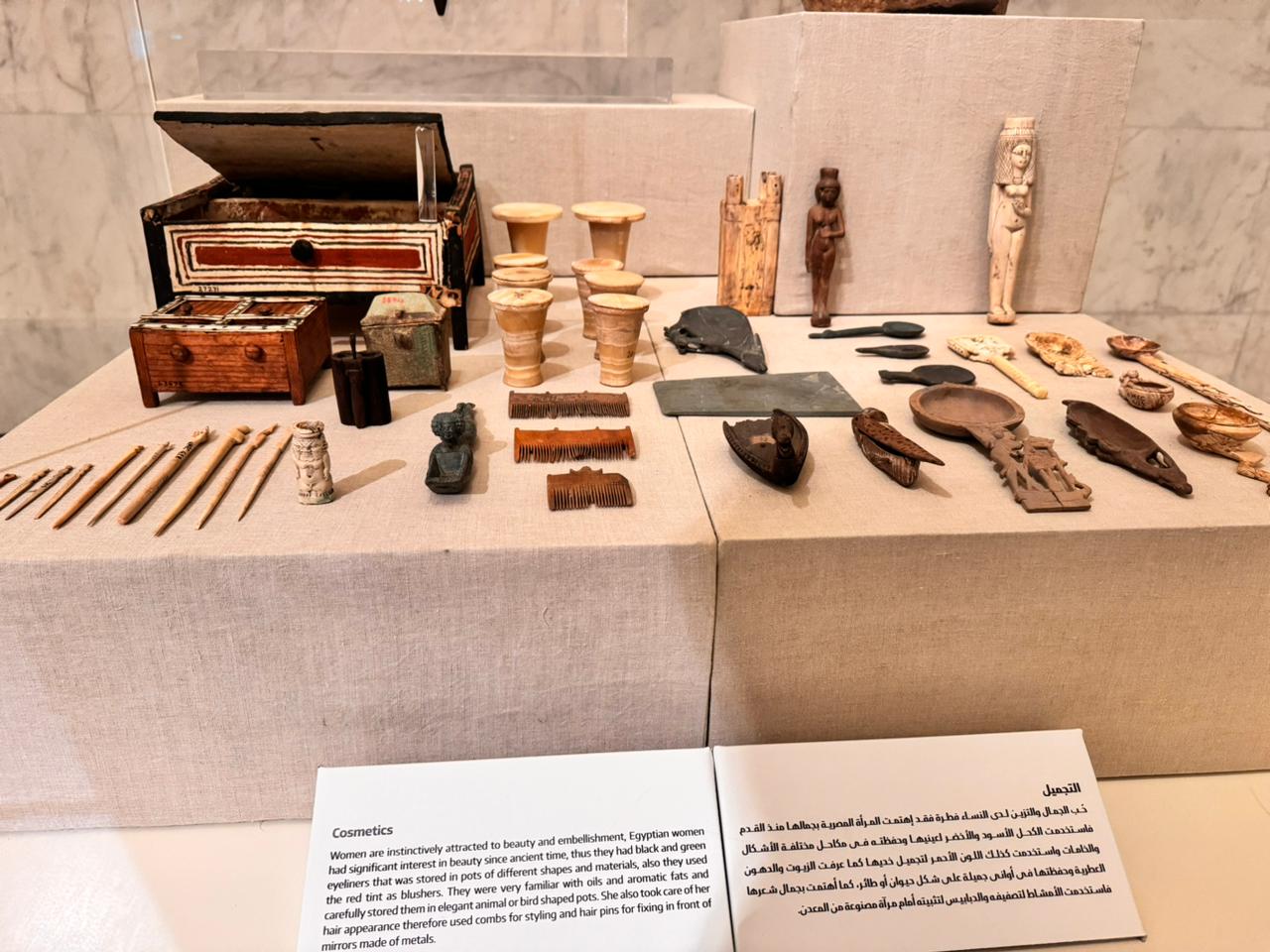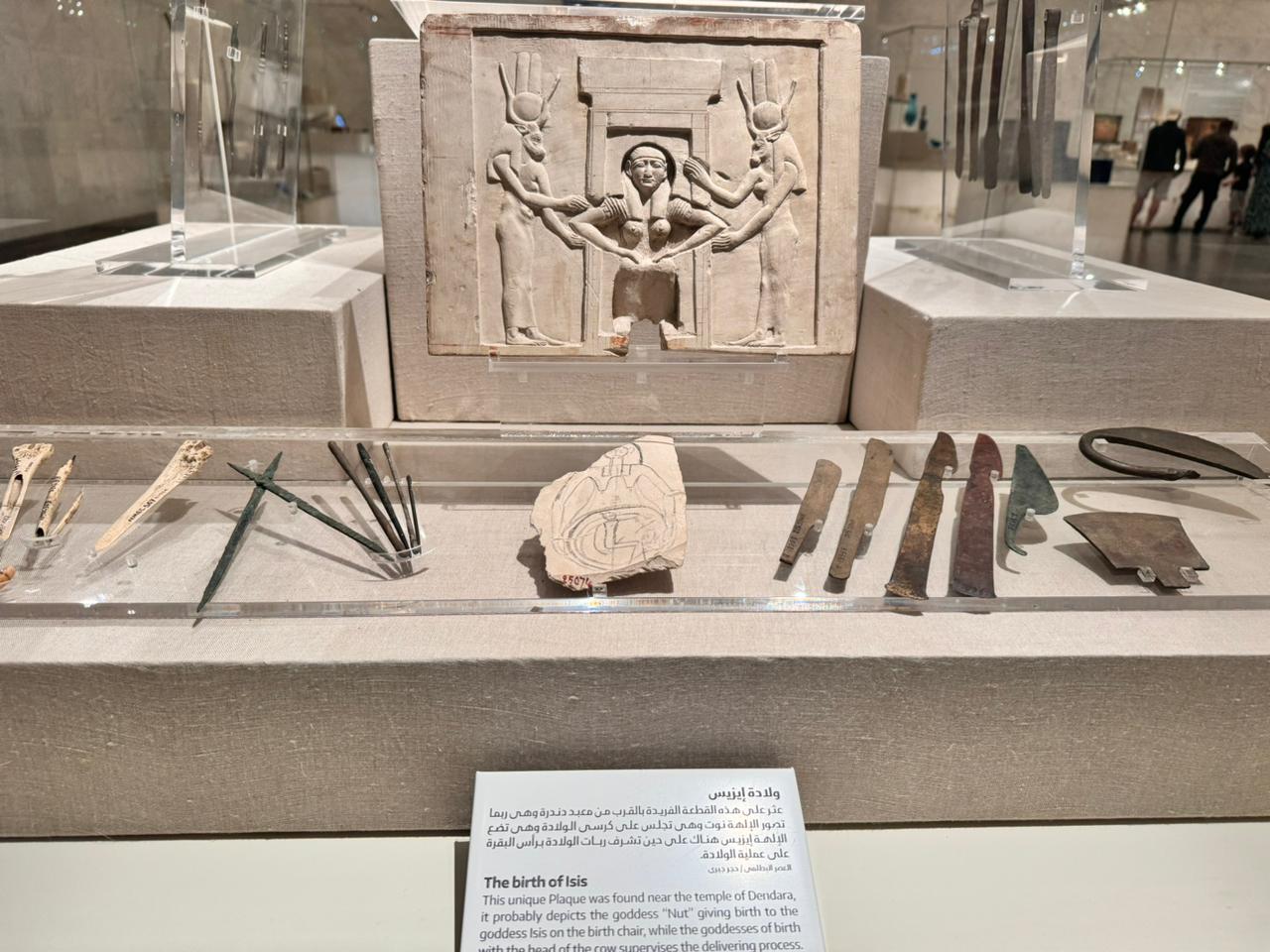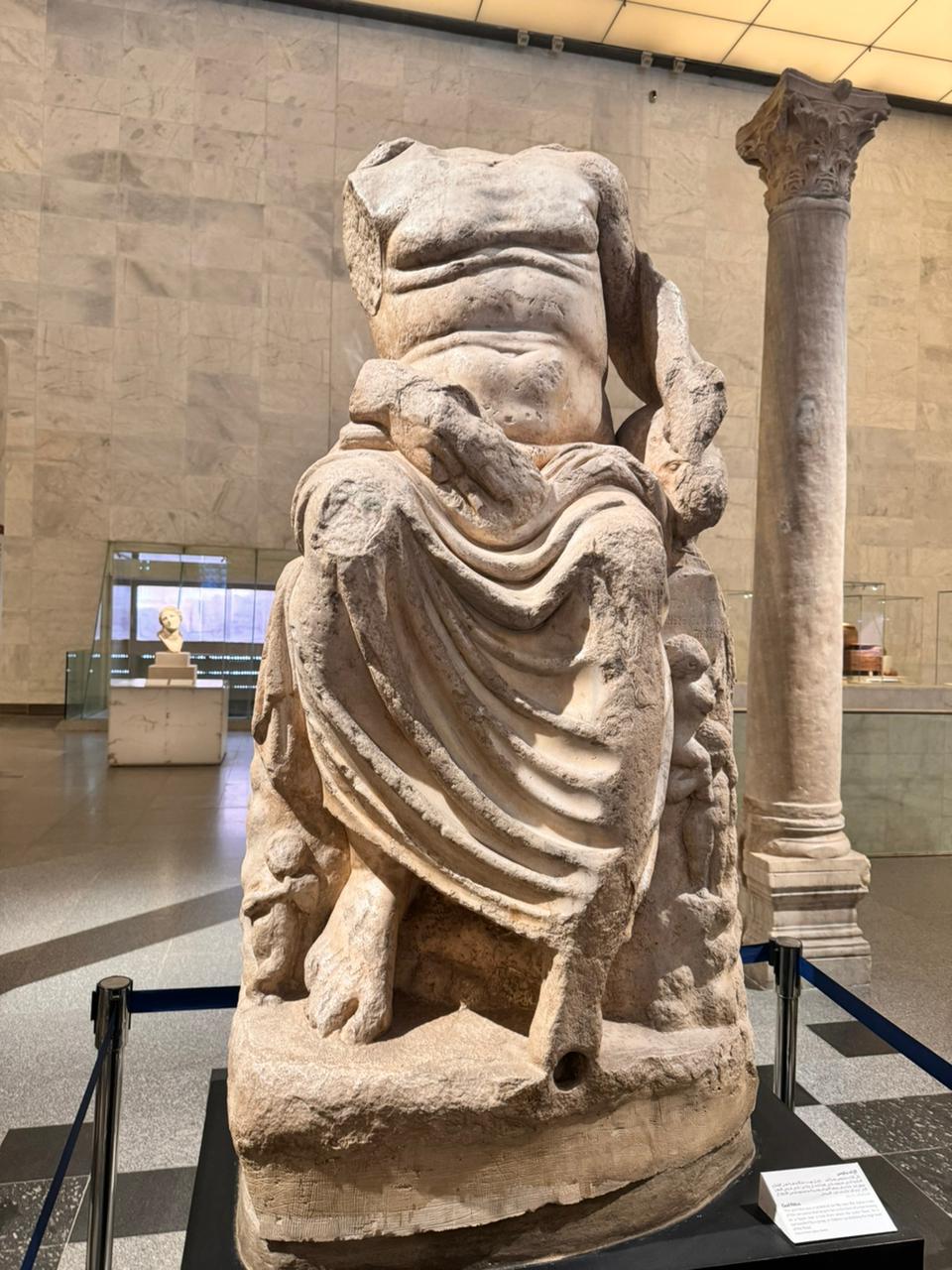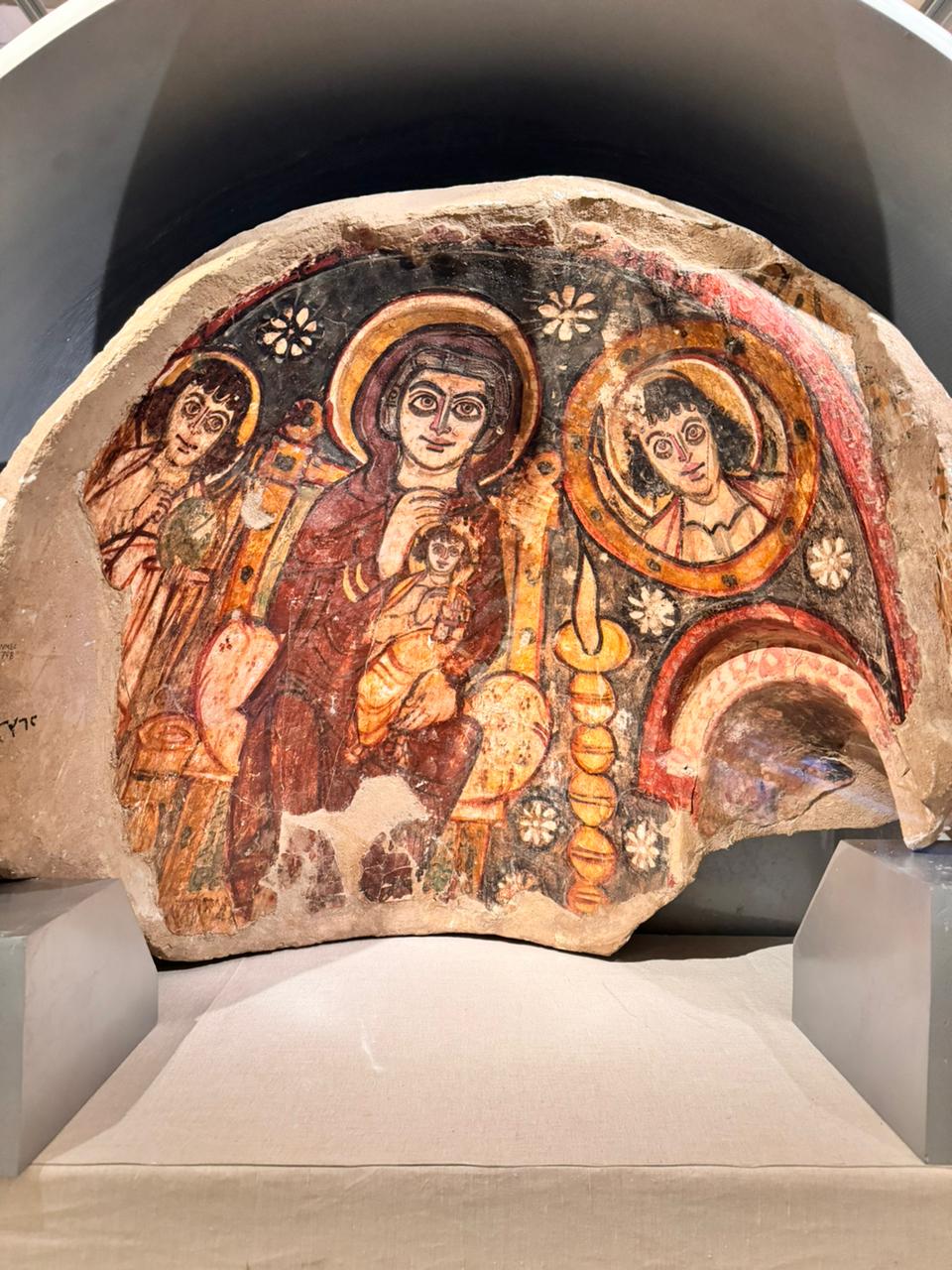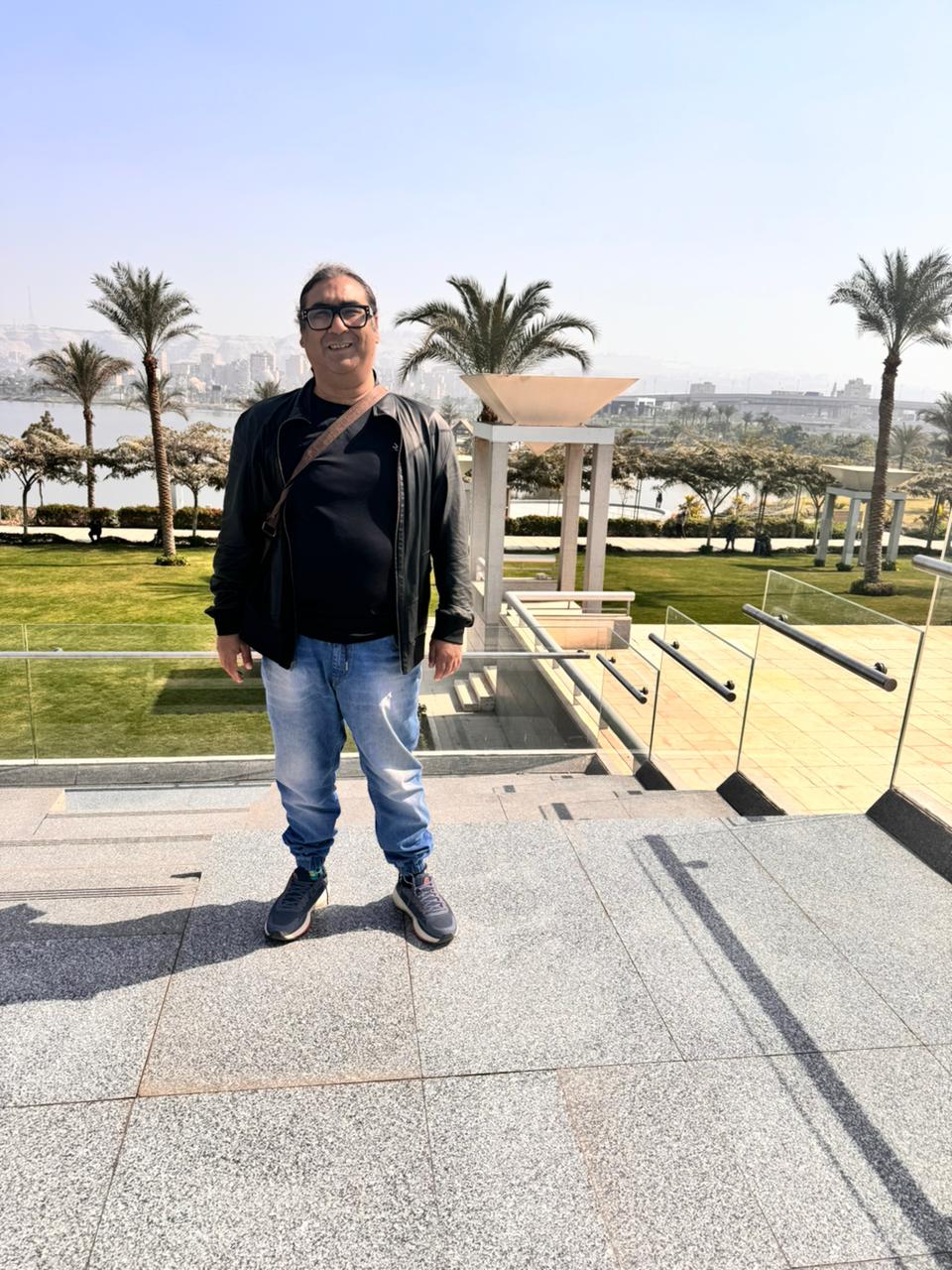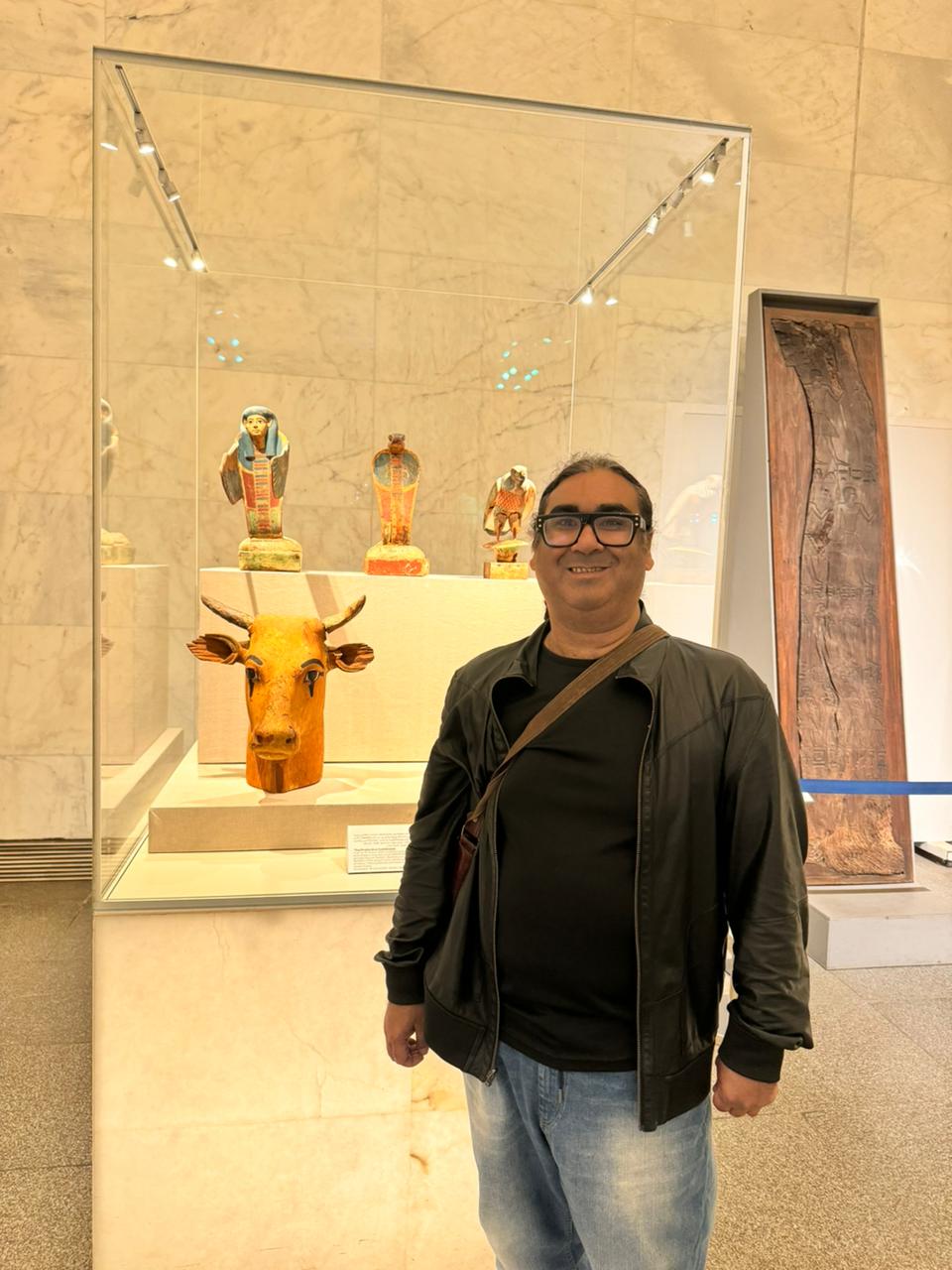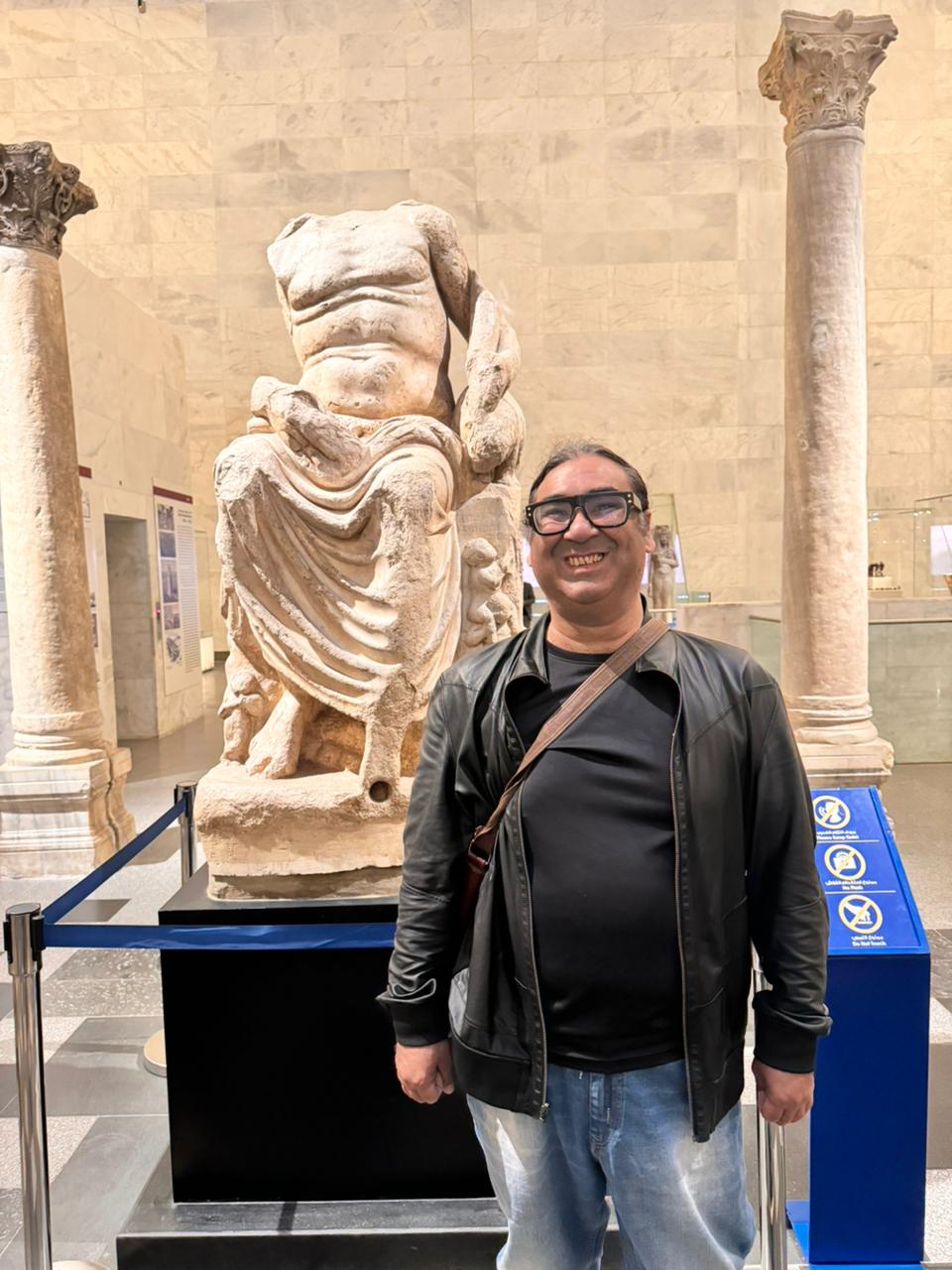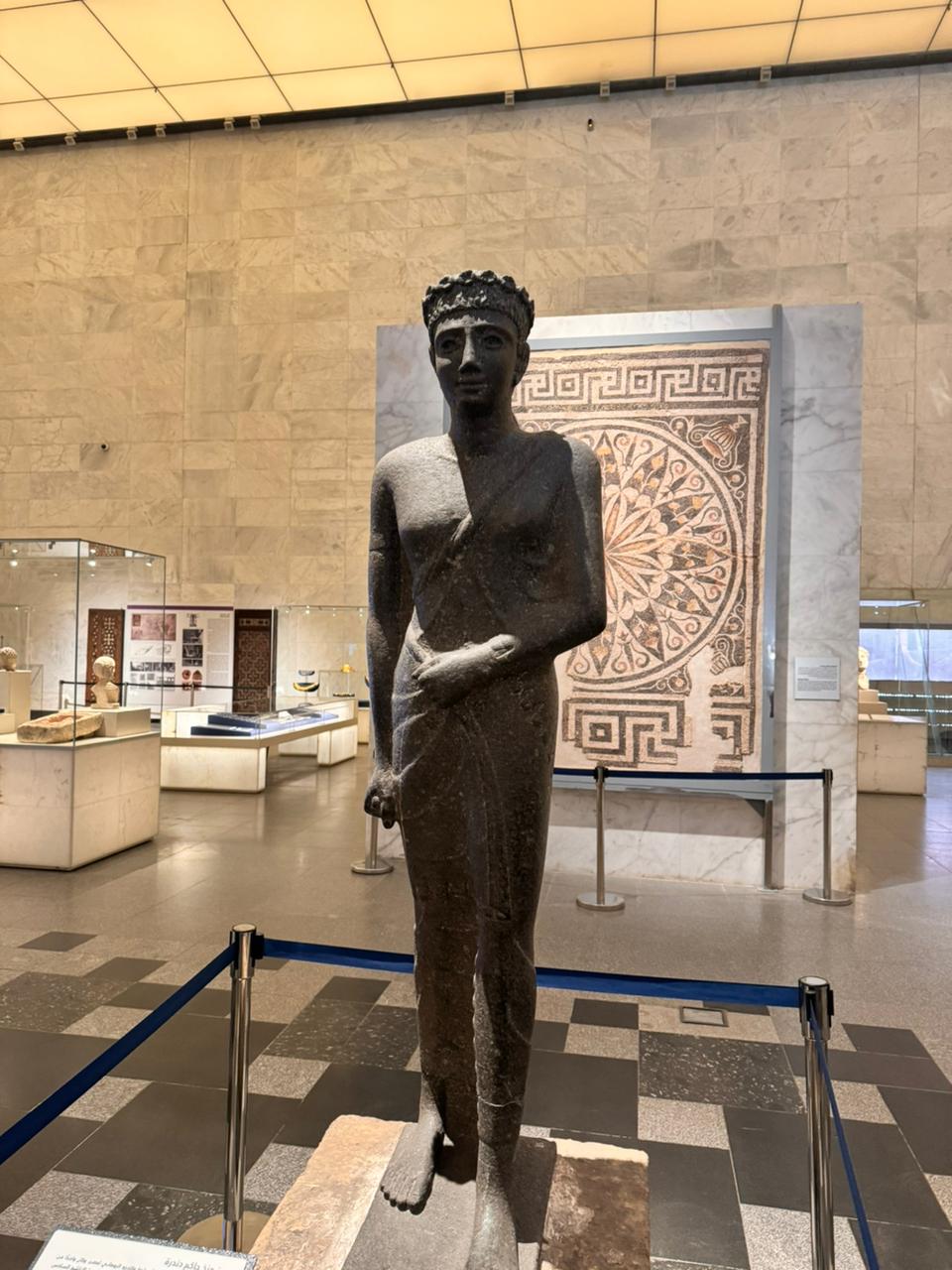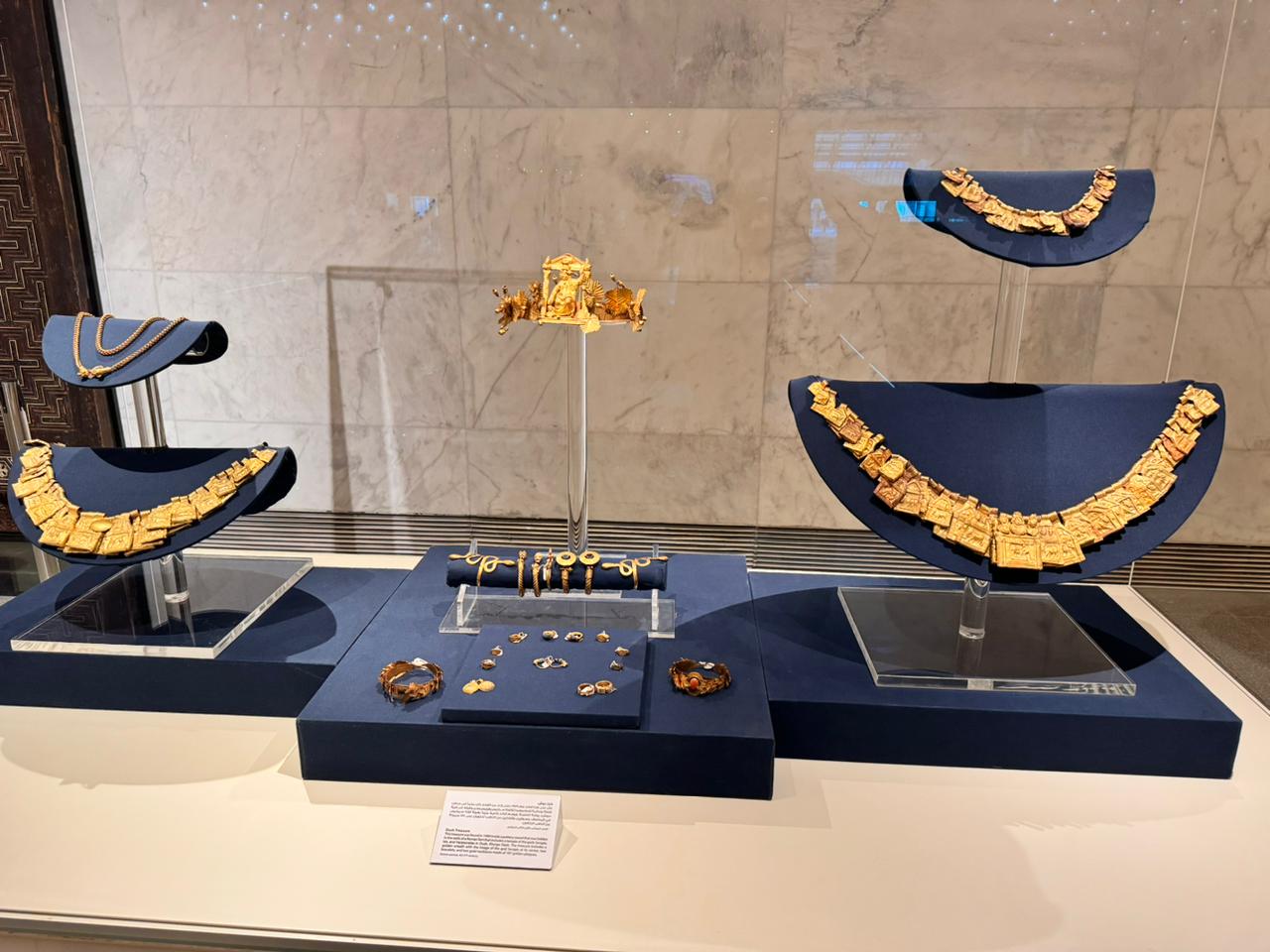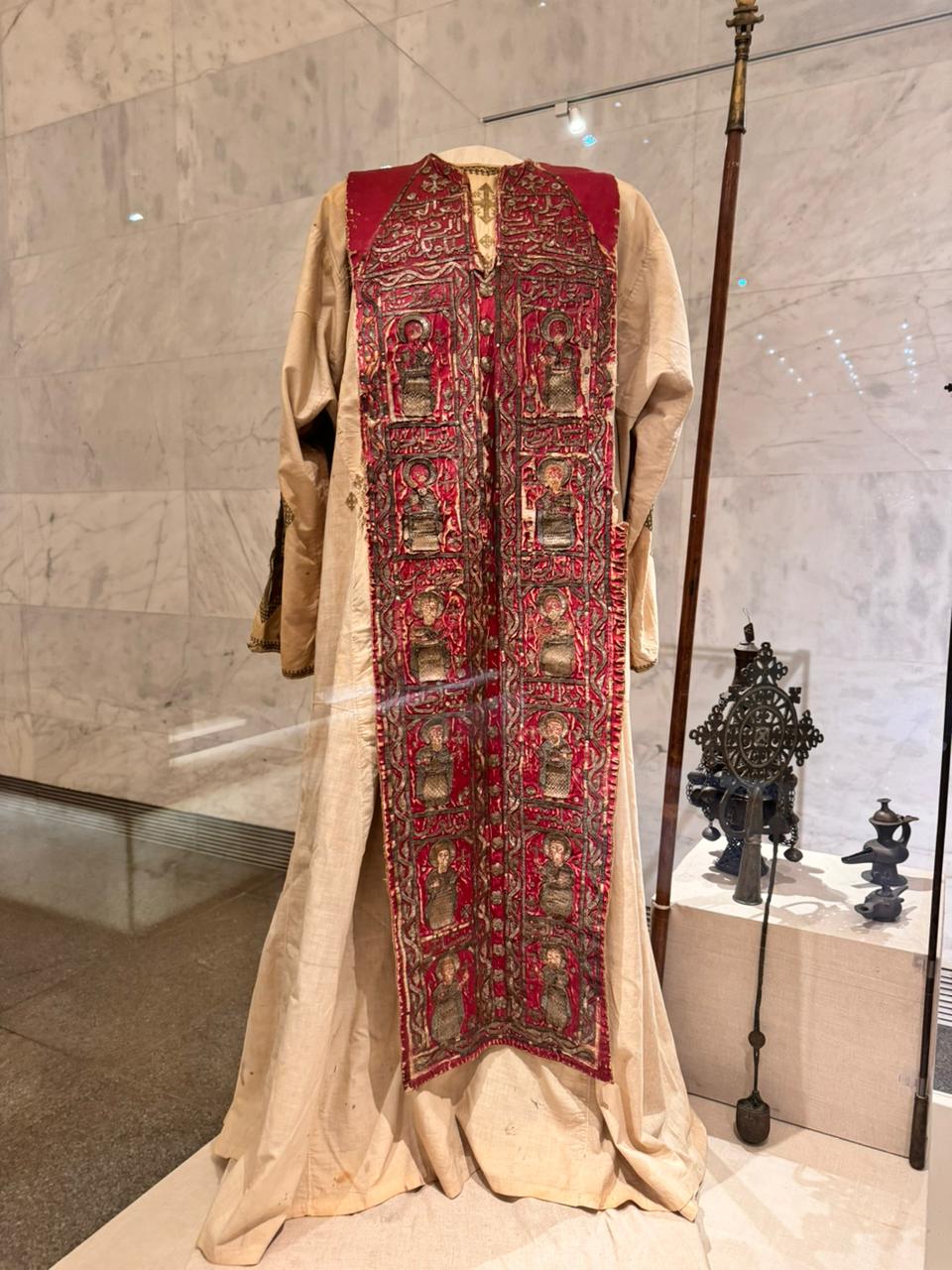My first stop today with my guide Abdul was to see the Museum of the Golden Pharos. This event was held in Cairo, Egypt, when twenty-two ancient kings and queens’ mummies were moved from the Egyptian Museum to the National Museum of Egyptian Civilisation. This is Egypt’s way of showing their pride in their ancient civilization. It also has a giant sculpture of Tutankhamun, the Golden Pharaoh. Pharaohs means the great house, whereas early Egyptian rulers were called Greta kings. The name Pharos stuck as they were considered intermediaries between Gods and Kings.
The Twenty-Two Pharos included Rameses Two. He was an Egyptian Pharaoh, the third ruler of the nineteenth dynasty. He was also considered ancient Egypt’s most successful warrior pharaoh, who won over fifteen battles.
The Craven Church and The Martyrs of Sergius and Bacchus
Sergius and Bacchus were two Roman Soldiers who lived during the reign of King Maximum. The churches were built in the 6th century under the patronage of Byzantine Emperor Justinian 1. The awe-inspiring church has stood the test of time, survived many conquests and even shattering earthquakes. The church is situated in the old Cairo area. Both the soldiers were martyred in Syria for their Christian faith in AD 296.
I wandered into the church, lit a candle, and prayed for the soul of my slain father. I felt really at peace as I saw the priest perform his prayer ceremony.
Mosque of Al hakim bi Amr Allah
The mosque named Al Anwar is situated in old Cairo City and was built by the 6th Fatimid Khalif. It has a grand entrance and a large courtyard with two minarets. The courtyard also has a huge water fountain and a marble bath for Wazu, which is used for washing before prayers begin. I spent almost an hour in the courtyard and then sat inside to witness the prayer ceremony.



